Violent plasma explosions from the Sun’s surface – known as coronal mass ejections – reverberate to the farthest reaches of our solar system. However, due to the Earth’s protective magnetosphere, most people don’t take note of these events unless a particularly powerful solar flare disrupts radio signals or produces colourful aurorae near the poles. Created as part of an art installation, this inventive, visceral short uses data collected from the University of Alberta’s CARISMA radio array to sonically and visually interpret a geomagnetic storm high in Earth’s atmosphere. Manifesting the data as a dynamic sculpture, the digital rendering captures the volatility of these usually unseen and unheard phenomena, hinting at their potentially destructive powers.
Magnetic and majestic: visualising the powerful storms hidden from human view
Directors: Ruth Jarman, Joe Gerhardt
Website: Semiconductor Films
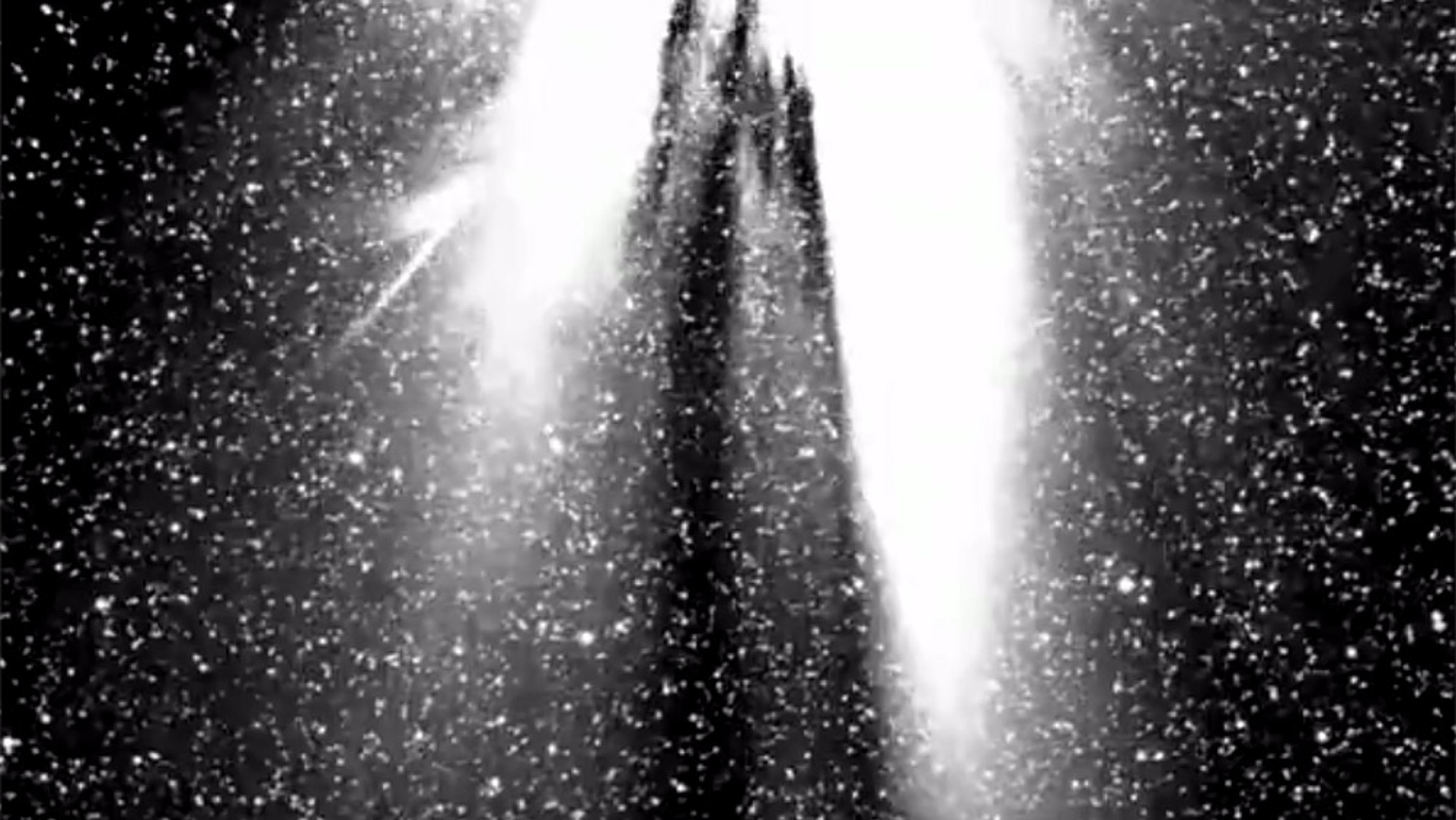
videoAstronomy
Celebrating the rough, the raw and the human in hardcore space science
3 minutes
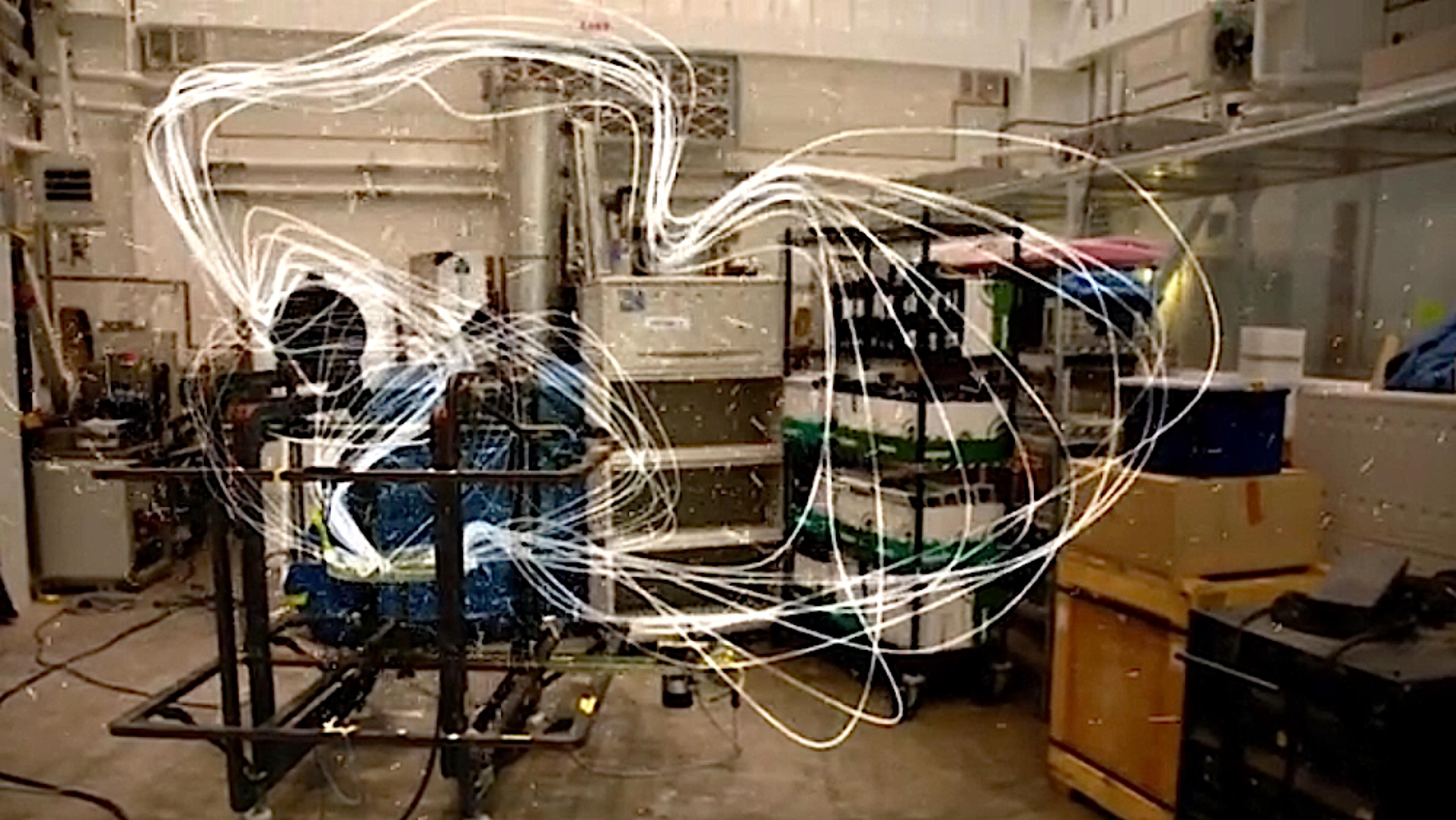
videoAstronomy
How would the world look if we could see the magnetic fields around us?
5 minutes
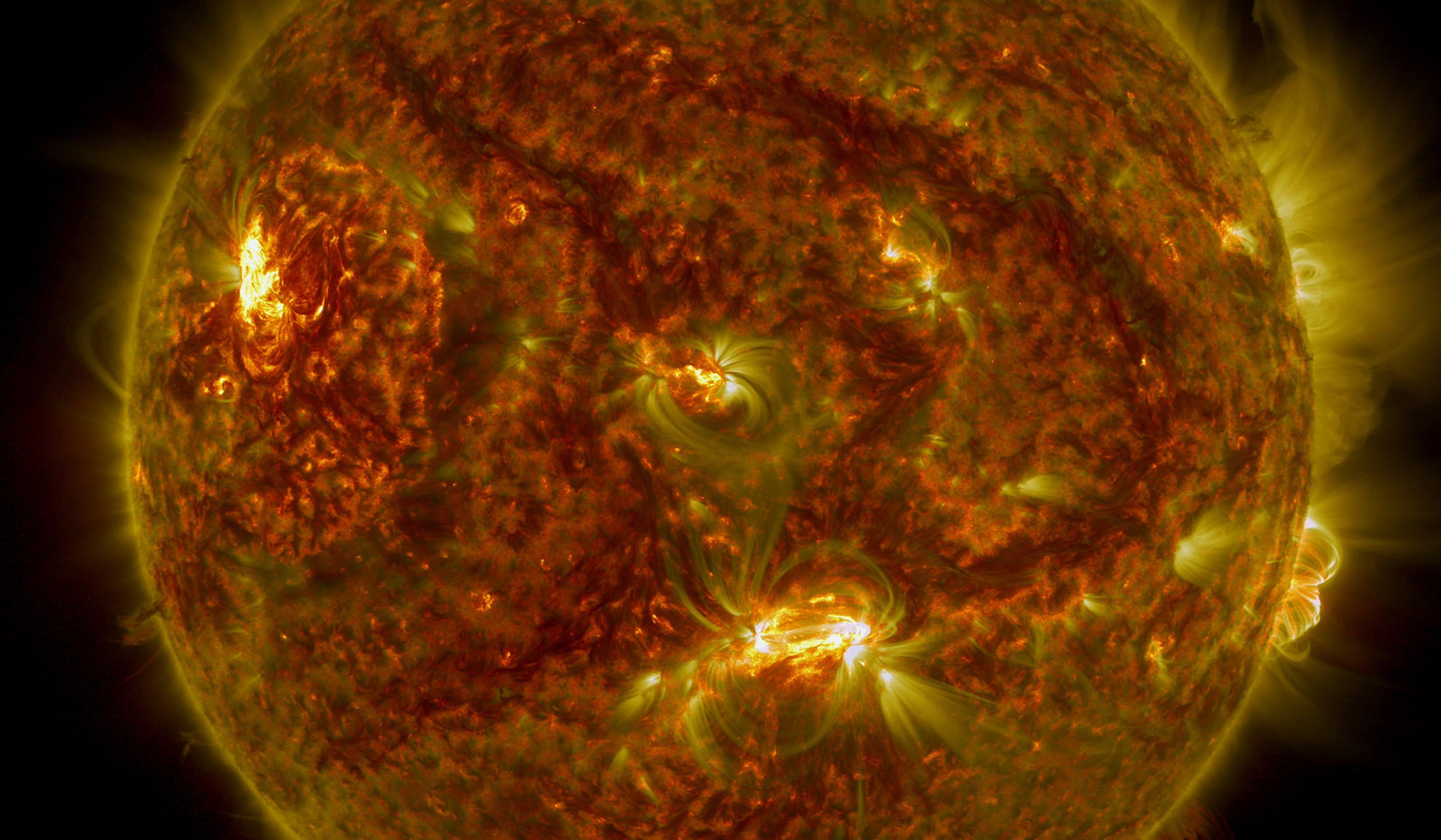
videoAstronomy
Let the Sun’s invisible solar winds wash over you in ultra high-definition video
30 minutes
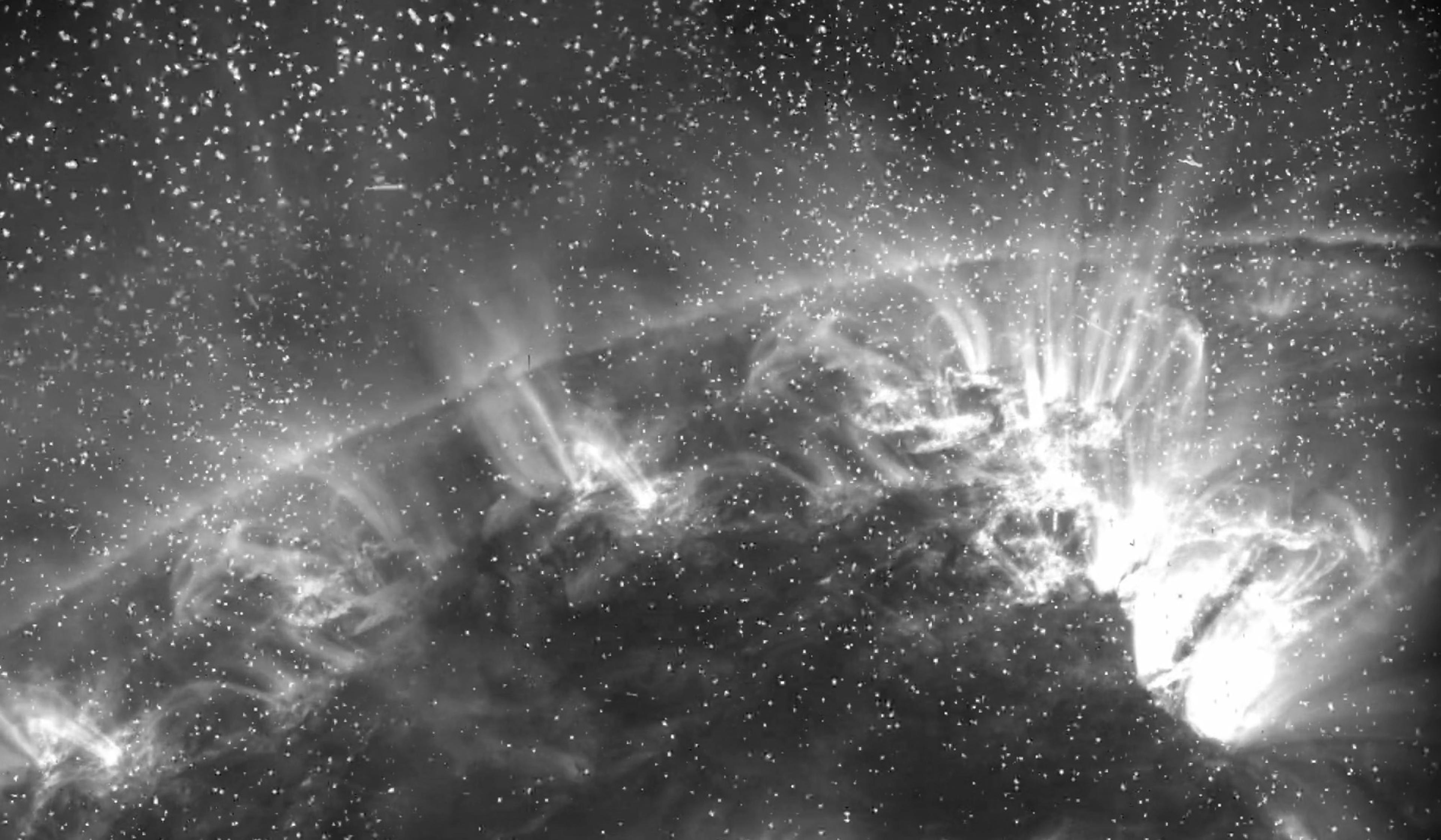
videoAstronomy
Raw solar-storm footage is the punk-rock antidote to sleek James Webb imagery
6 minutes
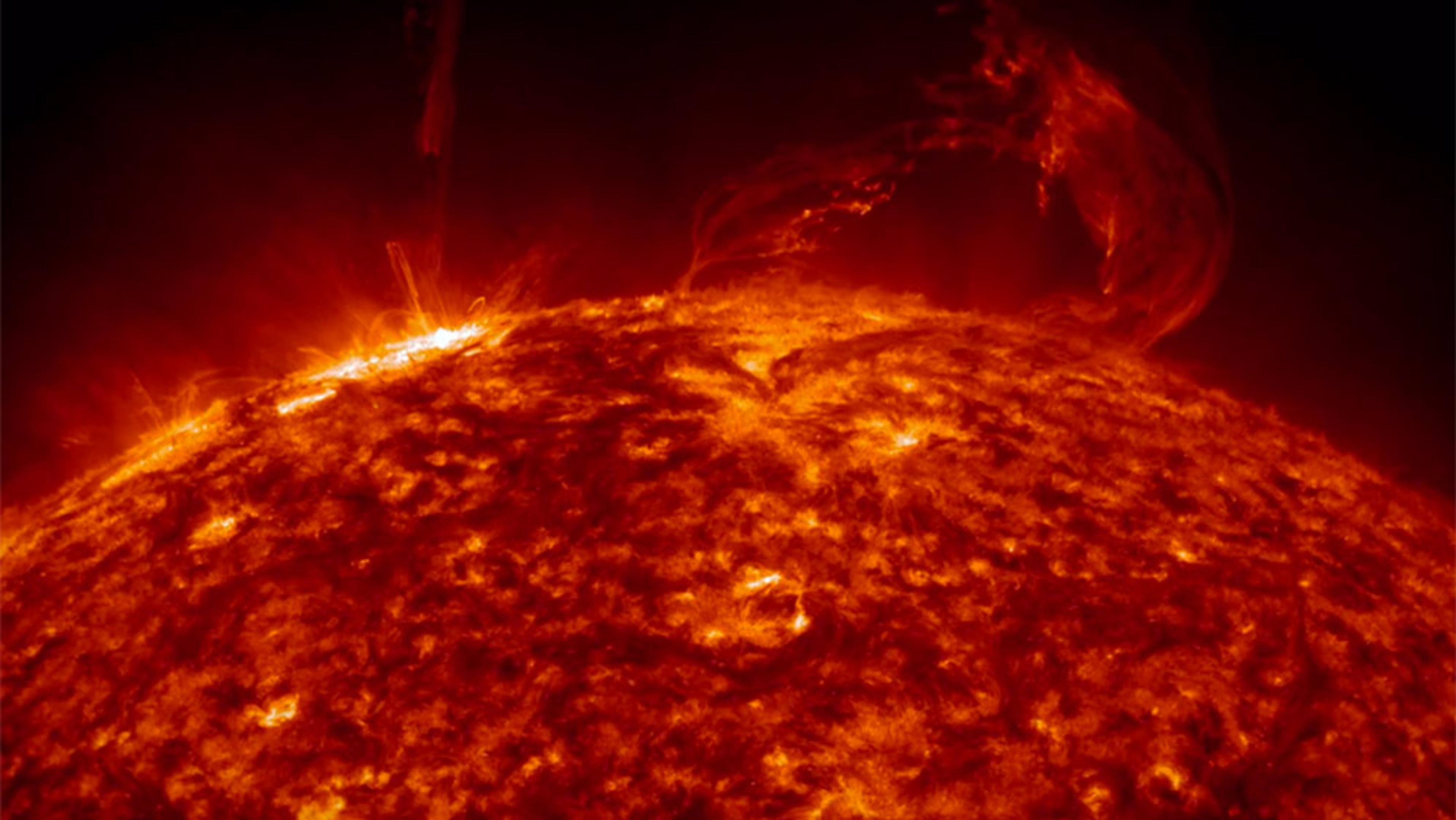
videoCosmology
The Sun – our steady, reliable companion – tells a very different story up close
4 minutes

videoEarth science and climate
Scientists haven’t tamed volcanoes but it’s wild and fun to watch them try
5 minutes
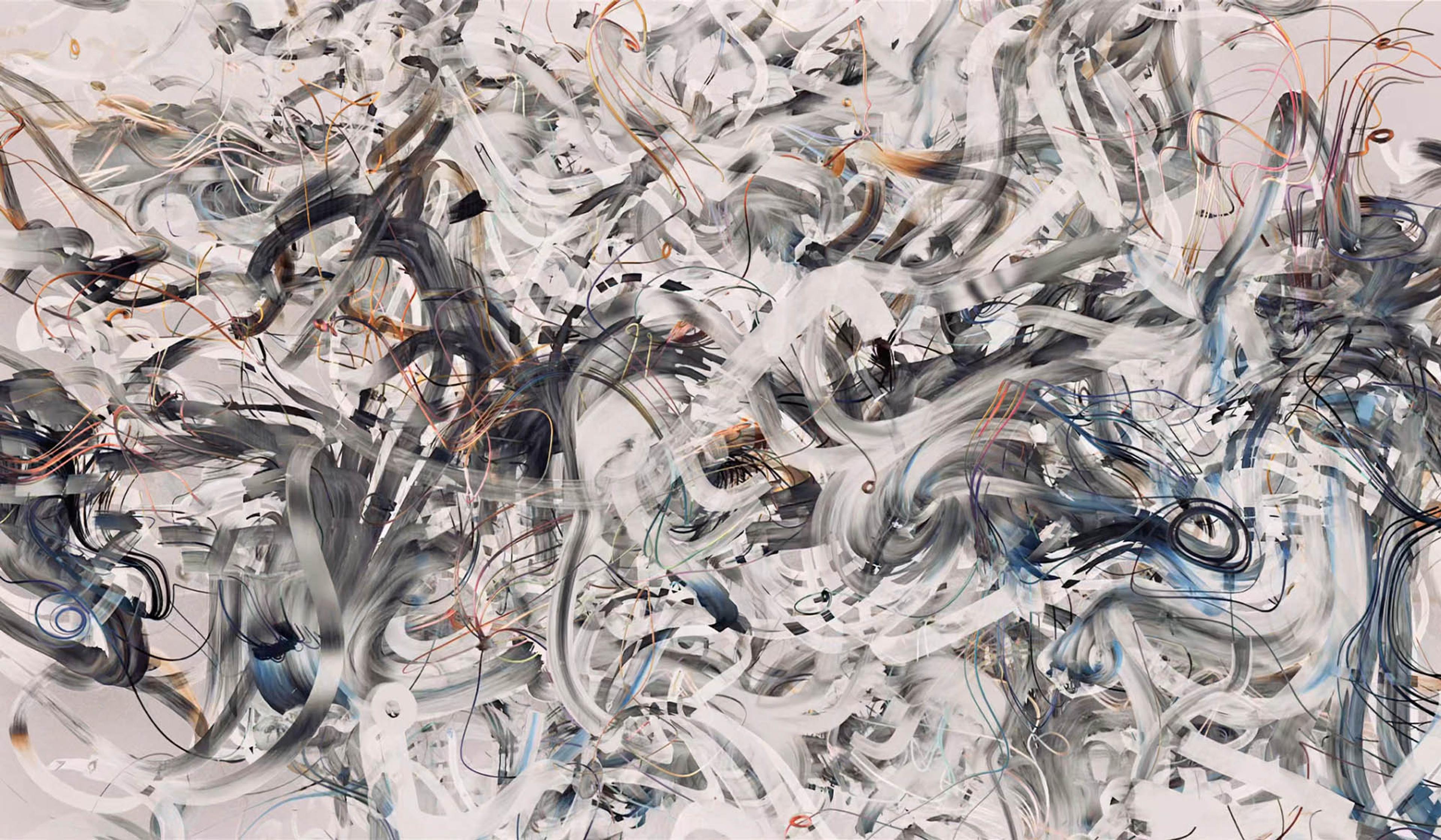
videoQuantum theory
‘Moving paintings’ evoke a quantum particle collision at the Large Hadron Collider
4 minutes
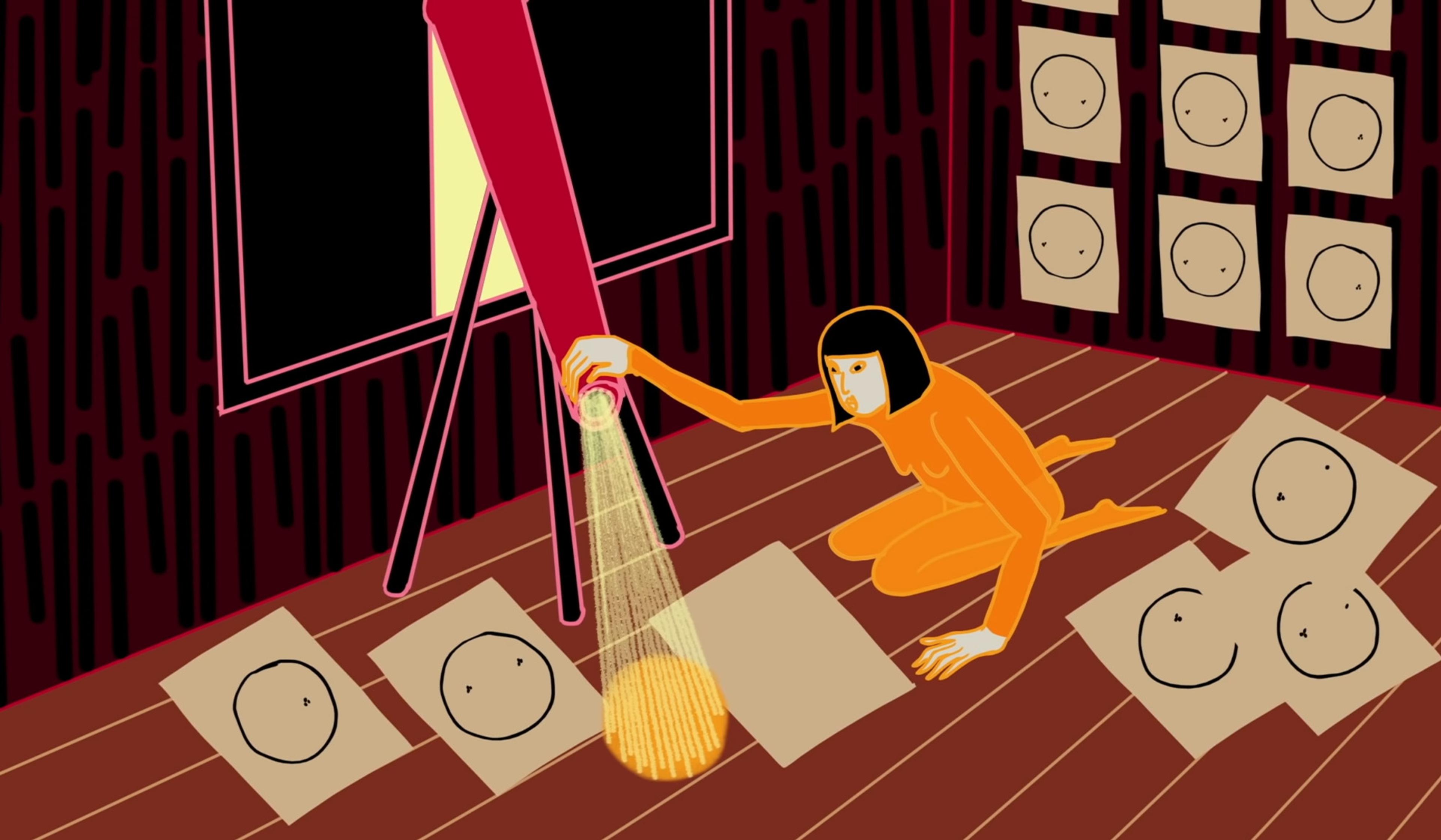
videoAstronomy
Meet the citizen scientist who changed how we see the Sun, and science itself
5 minutes

videoInformation and communication
An animation built from road signs is a whirlwind study of flash communication
2 minutes